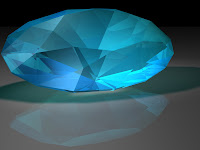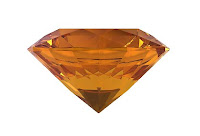 Now that Christmas has passed, the new year has begun, and we have set ourselves new goals for the coming year, we realize that Valentines Day is quickly approaching!
Now that Christmas has passed, the new year has begun, and we have set ourselves new goals for the coming year, we realize that Valentines Day is quickly approaching!
Valentine’s day is the subject of legends, traditions, medieval plays, rhymes and poems dating back to the early centuries. And today it remains the most popular theme and motif that permeates through our society every February.
What comes to mind to many as Valentines Day approaches is giving a piece of jewelry to your wife, girl friend or fiancée to express your love. Choosing a Valentines gift that shows your love is easier than you may think! Landstroms Black Hills Gold has a wide variety of Valentines jewelry featuring hearts made from the so well-known tri color Black Hills Gold with pink and green leaves. This year, Landstroms also offers an affordable line of sterling silver diamond jewelry.
Add an extra touch to this year’s Valentines gift and share the beauty of Black Hills Gold Jewelry with your loved one.
And don’t forget your flowers! Call FTD at 888-580-8448 for great prices, selection and service Continue reading



